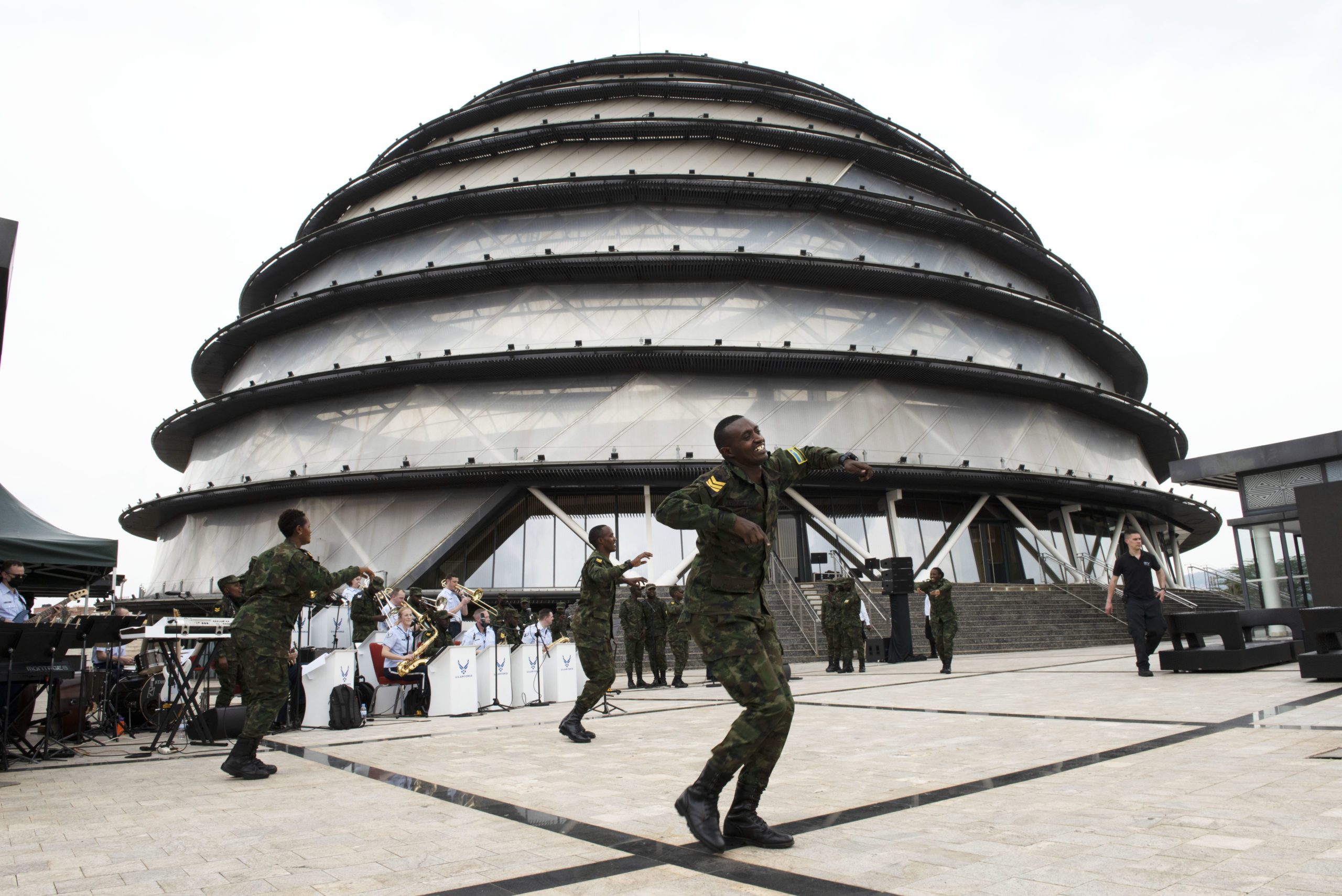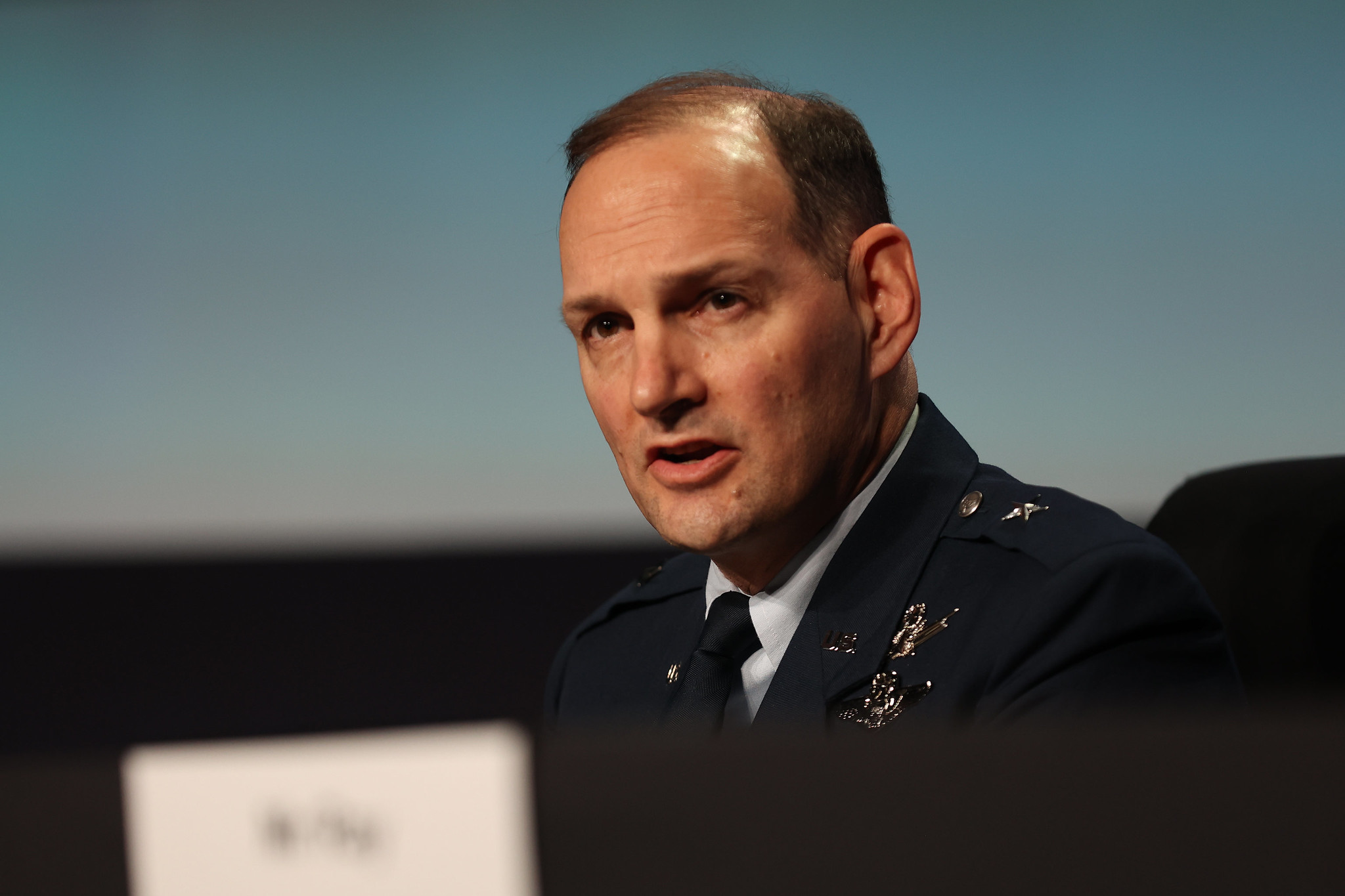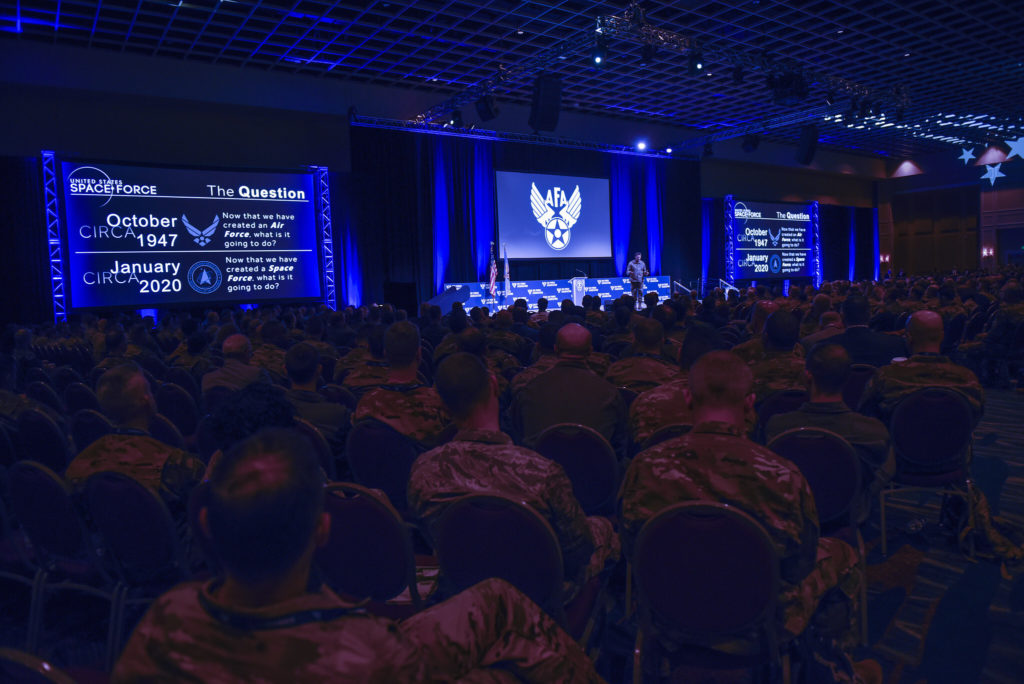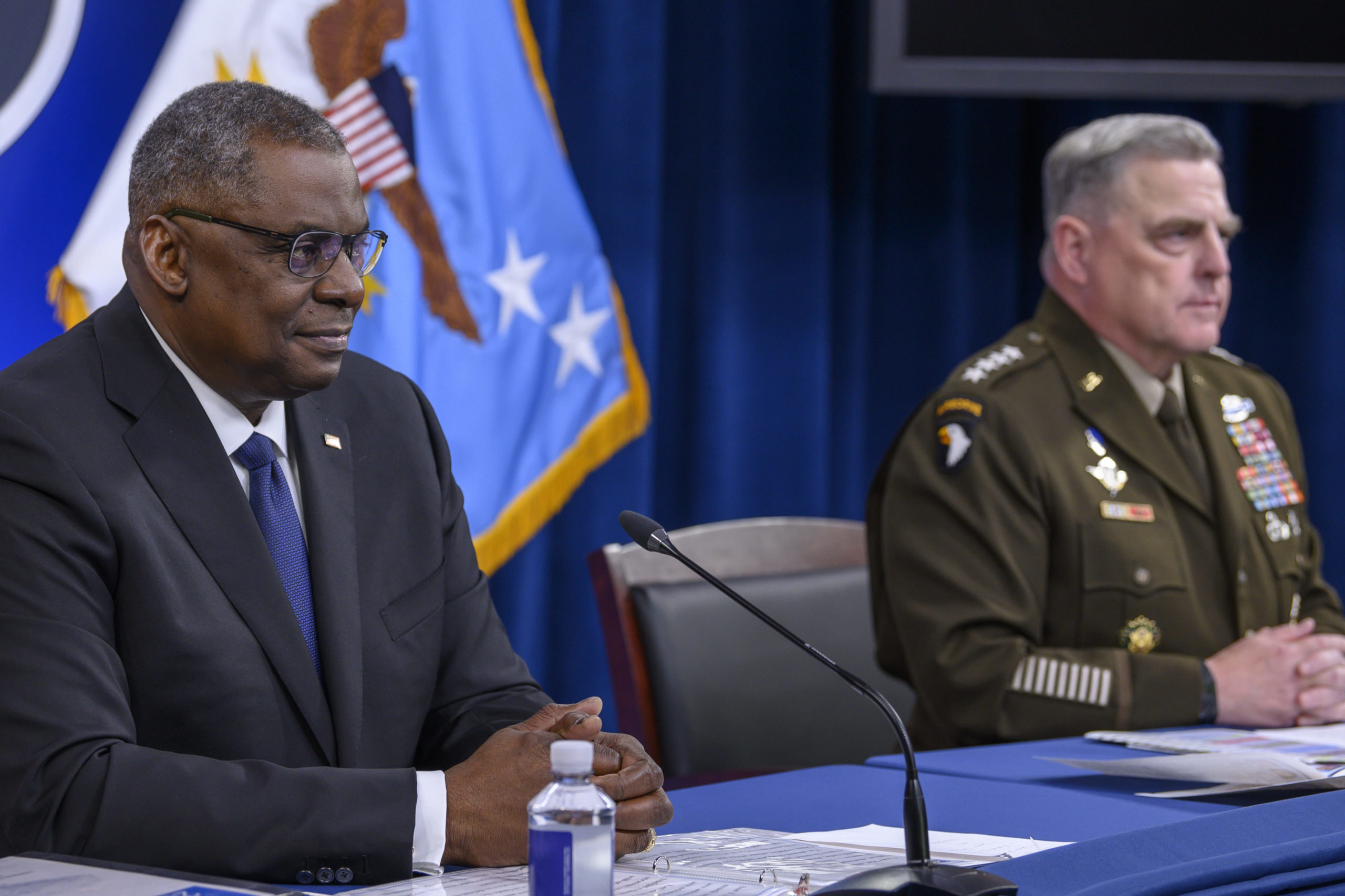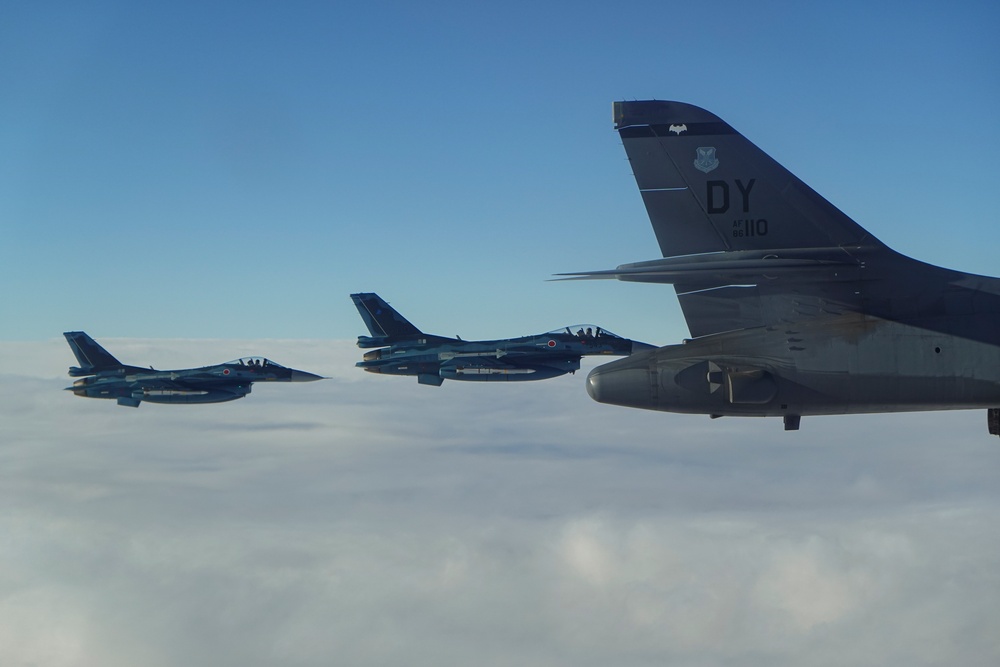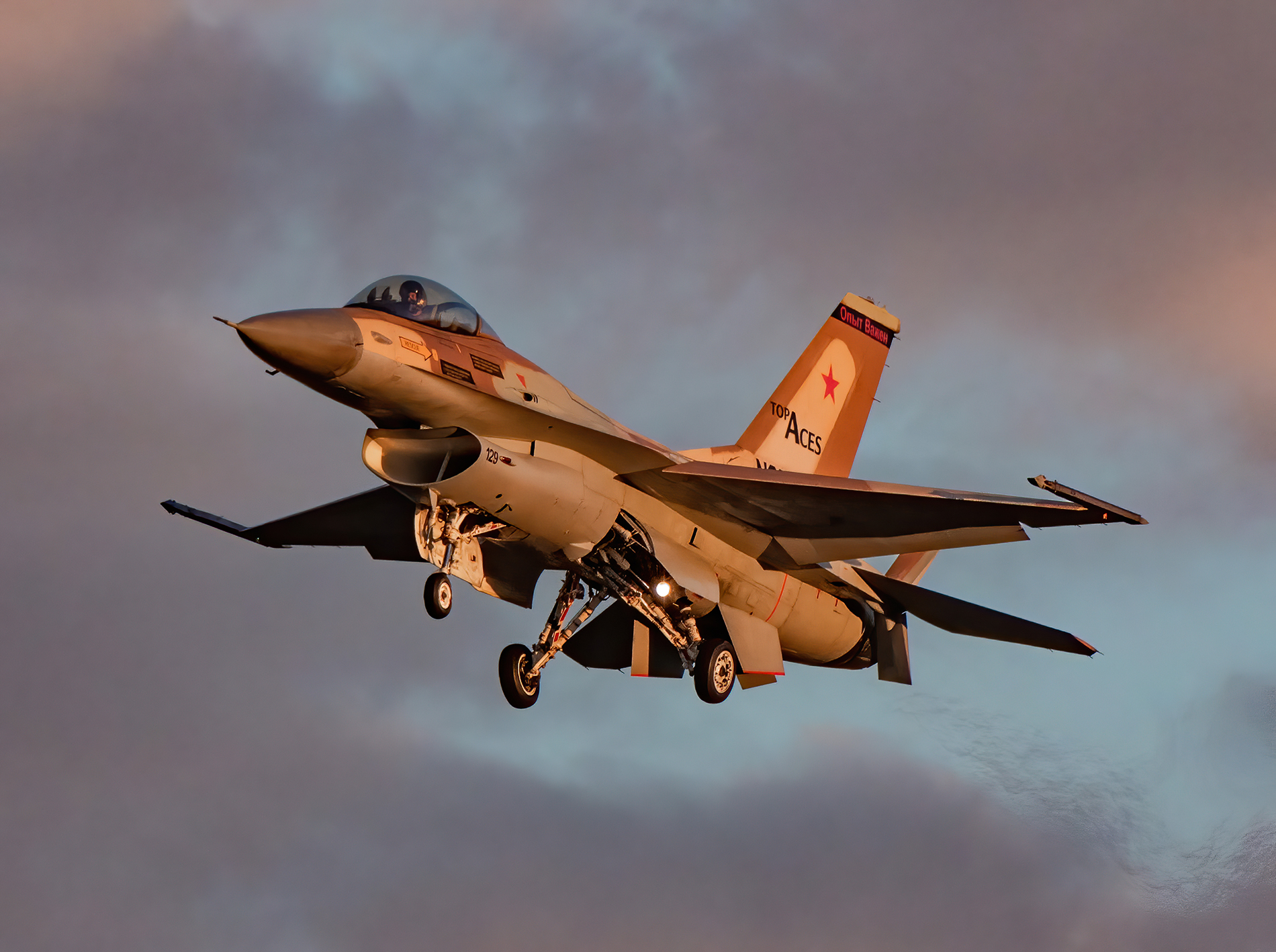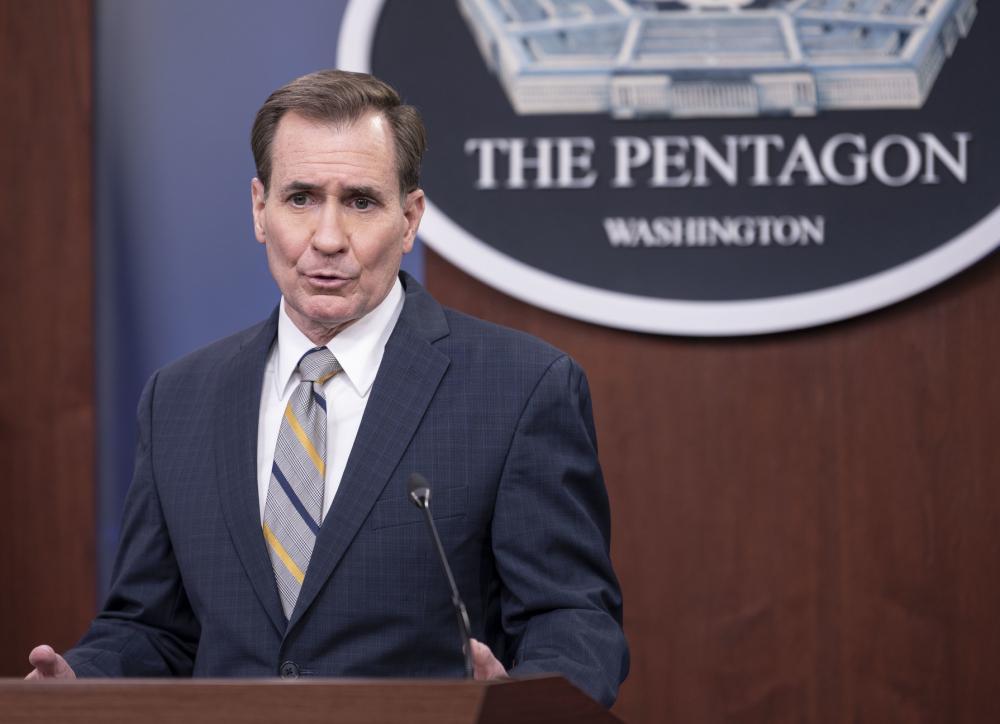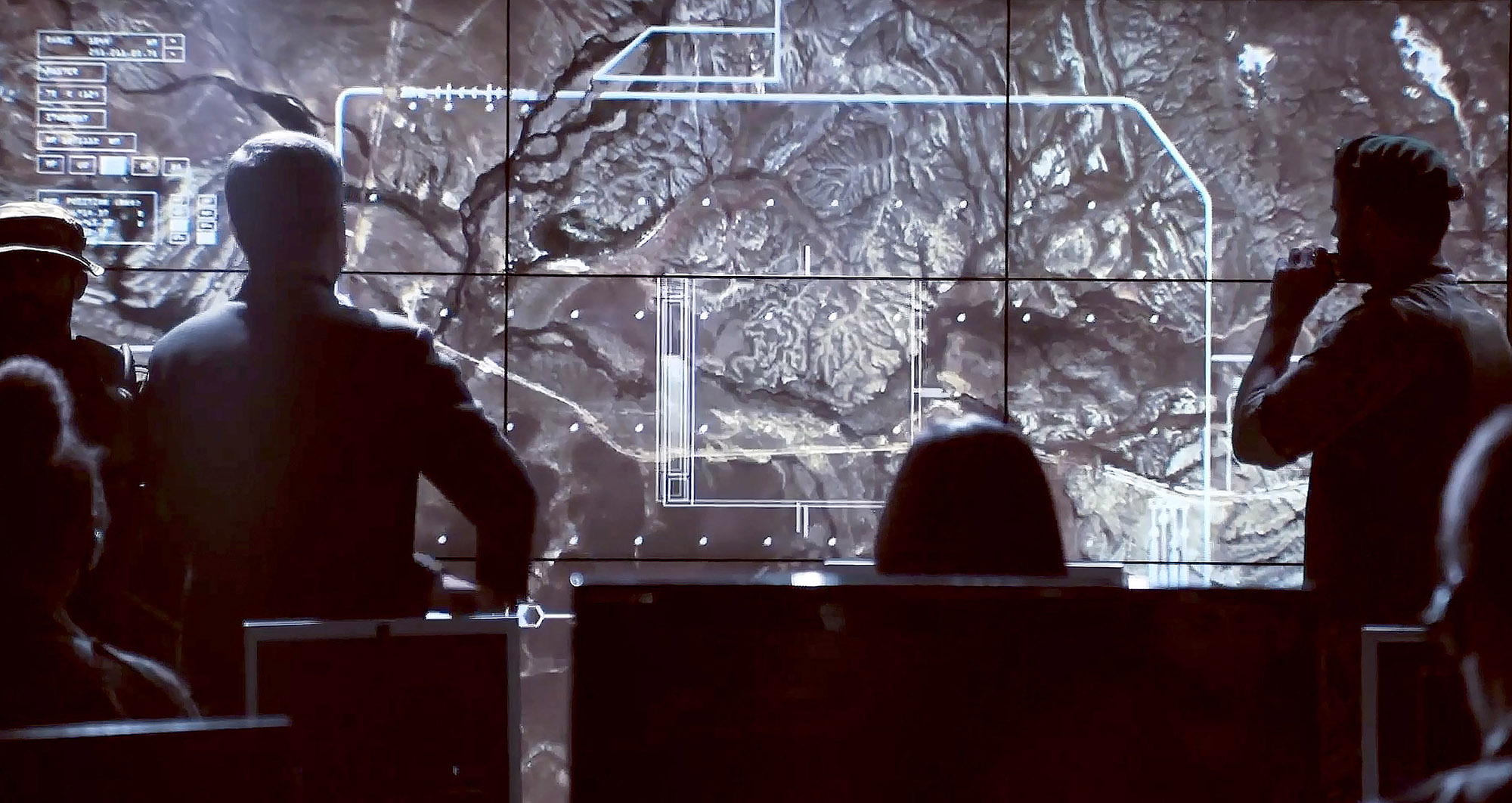AFRICAN AIR CHIEFS SYMPOSIUM, KIGALI, Rwanda—The tyranny of distance is the oft-spoken biggest challenge for African air forces in a continent more than three times the size of the United States. But Air Forces Africa hopes a conference with 30 partner nations will shrink the distance by building trust to work together in areas such as shared airlift.
U.S. Air Forces in Europe-Air Forces Africa chief Gen. Jeffrey L. Harrigian flew over the verdant mountains of the richly vegetated East African lake region to touch down in the Rwandan capital of Kigali on Jan. 24 ahead of the 11th African Air Chiefs Symposium. The last two in-person events were cancelled because of the COVID-19 pandemic. This year’s event will take place under heavy COVID restrictions because in a continent plagued by terrorist threats and widely divergent capabilities, relationships matter.
“In the U.S., we get down to business. In Africa, you have to have a relationship with the person that you’re trying to do business with first,” Air Force Col. Beth Lane, a C-17 pilot who in July became the first female secretary general of the African Air Chiefs Association, told Air Force Magazine in the cool summer air of the 5,000-foot-elevation Southern Hemisphere capital. The African Air Chiefs Association is a 26-nation group that includes the United States.
Lane’s experience flying multiple long-haul flights to Africa, including with the Royal Air Force to Kenya and multiple trips to the U.S. base in Djibouti, on the strategically important eastern Horn of Africa, helped her to understand some of the unique challenges of Africa.
“Africa doesn’t have a lot of controlled airspace,” she said. “You have to give position reports to let their air traffic controllers know where you are. So, it’s a little more of the Wild West.”
A flight from Europe requires flying vast distances over the Sahara desert and arid Sahel region with far fewer population centers and airstrips capable of receiving large cargo planes.
C-130s are used frequently on the continent thanks to U.S. foreign military sales and excess defense articles (EDA) allocations to African partner nations.
“A lot of these countries only have one, maybe two,” she said of the platform. “And maybe the maintenance on them hasn’t been done properly, or they haven’t had the money to buy parts.”
With China spending billions of dollars through its Belt and Road Initiative across the continent to nurture favorable support for its political and economic objectives, the United States must find other ways to build partnerships with African countries.
“Where the U.S. can come in is helping to train the maintenance folks, to train the pilots and loadmasters, helping with the supply chain for parts,” Lane said.
“Our adversaries want weak allies and partners, and we want strong allies and partners,” she added. “Regardless of where they fall, we’re better operating together.”
U.S. national security interests on the African continent include fighting terrorism together by strengthening intelligence, surveillance, and reconnaissance (ISR) and creating mechanisms to share strategic airlift capabilities. A recent National Defense Authorization Act will allow EDA to regional organizations such as the Economic Community of West African States (ECOWAS) or the East African community of nations.
Air Force humanitarian assistance also strengthens U.S. relationships by preventing crisis from spreading regionally or globally. In 2014, Liberia’s Ebola outbreak was largely contained thanks to rapid American airlift of medical supplies.
“You’re either delivering lethality or you’re delivering hope,” Lane said.
That means getting troops and ammunition to far-flung reaches of vast countries so they can counter violent extremist organizations. Extending the reach of government also helps nations provide services in areas where radical extremist groups are eager to compete with the government and recruit fighters.
Talking to Africa
Air Force Reserve Lt. Col. Andrew Olayanju Popoola, born and raised in Nigeria until age 12, quickly came to understand that the U.S. Air Force’s approach to Africa must be different.
Shortly before U.S. Africa Command stood up in 2008, he switched from a munitions maintenance officer to air battle management so he could have a chance to make officer and be part of Africa engagement. After a tour at the NATO Airborne Early Warning & Control Force in Geilenkirchen, Germany, those dreams abruptly ended.
“In 2011, I was notified that I was going to be force shaped,” he said. “Fresh coming off of Germany on, you know, high notes and all, doing things. And then, here I am, ‘Sorry, you’re out.’”
Popoola last served at Tinker Air Force Base in Oklahoma with his wife and three children. He then tried to open a restaurant serving west African food in Oklahoma City, but it didn’t take off despite his love for cooking.
He joined the Air Force Reserve and researched ways to get deployed. Soon, he had orders to deploy to USAFE-AFAFRICA as part of the 603rd Air Operations Center at Ramstein Air Base, Germany.
“So, I had this idea—t was really God’s idea. I shouldn’t say it was my idea. It ended up being CABA, the Cadre of African Bridge Advisors,” he said.
Popoola had unique skills and cultural knowledge, and soon he found out a lot of Airmen with a unique understanding from the African continent could help strengthen connections to the air force leaders in those countries.
“In a continent where it’s not about what you know, it’s who you know, everything is all about connections,” he said. “If you don’t understand the culture, you don’t speak the language—how am I going to crack the code?”
In four years, the program has grown to more than 200 members from 18 countries speaking 30 African languages. That type of personal connection matters when it comes to great power competition on the continent.
“There are no Nigerians in the Russian military. Nor are there are any Ghanians in the Chinese air force,” he said. “You need somebody who can speak air force. The technicalities, air power, they understand those tenets.”
Both Lane and Popoola highlighted Rwandan President Paul Kagame’s plan to attend the symposium’s opening ceremony Jan. 25 as a sign of the event’s importance and the United States’ position as a partner of choice on the continent.
“Africans always tell you, ‘You want to go far, you go together. You want to go fast, you go alone,’” Popoola said. “So, if you want to get things done, we work together.”

